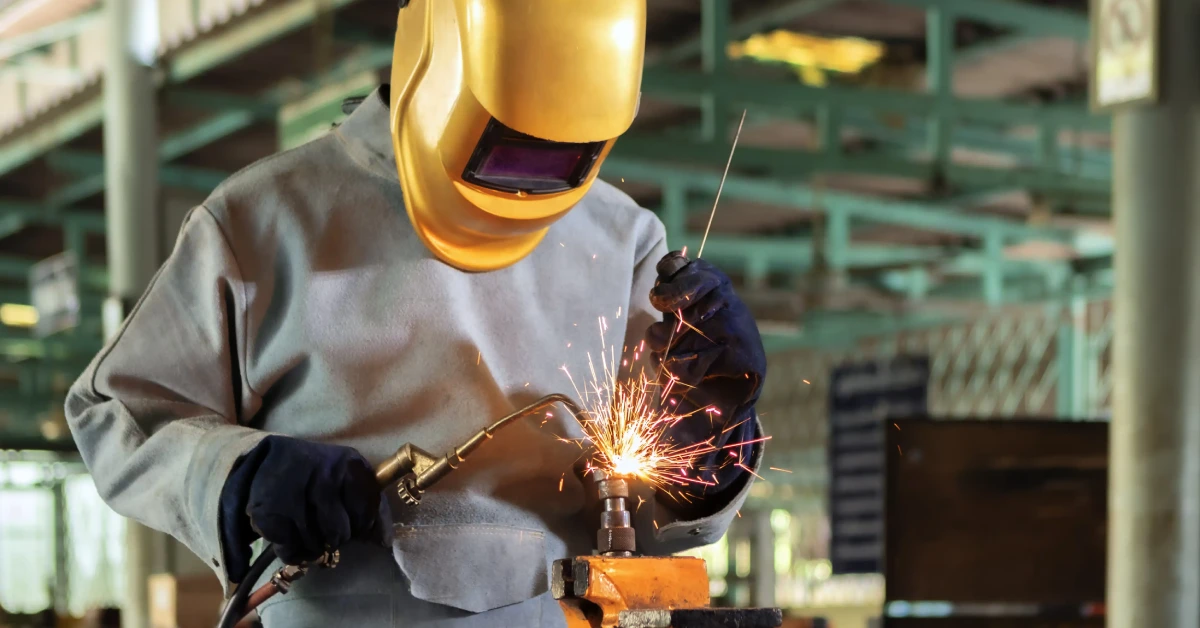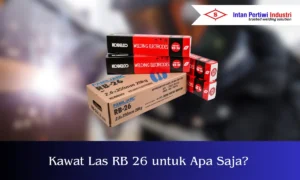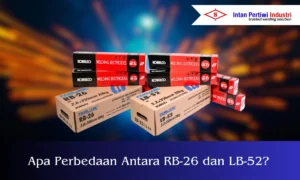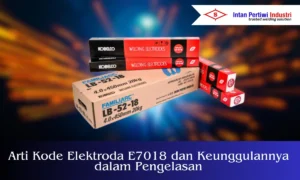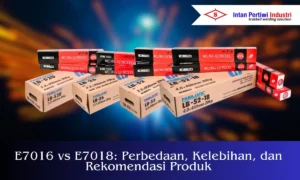Intanpertiwi.co.id – Want to know the correct and safe steps for welding? Check out this comprehensive and practical guide for beginners to professionals to ensure stronger and higher-quality welds.
In the world of engineering and manufacturing, welding is not simply the act of joining metals together. The process requires precision, skill, and a deep understanding of the proper procedures.
That is why understanding the steps involved in the welding process is so important, both for beginners and professionals in the field of engineering.
Many people think that welding is simply a matter of turning on the machine and starting to join materials. In reality, there is a series of steps that must be carried out systematically and safely to ensure that the results are strong, precise, and durable.
From initial preparation and tool selection to final inspection, each step plays a crucial role in determining the quality of the welded joint.
Table of Contents
ToggleWhat is a Welding?
Welding is the process of joining two or more materials, usually metals, by melting the parts to be joined using high heat.
The result forms a strong and permanent bond. In the world of engineering and manufacturing, welding is a vital method because it produces strong and precise joints.
Functions and Benefits of Welding in Industry
Welding plays an important role in various industrial sectors, ranging from construction, automotive, shipping, to heavy equipment manufacturing.
Without this process, the construction of bridges, vehicle frames, and heavy machinery would be very difficult. The benefits are not only in terms of joint strength, but also production efficiency and effectiveness.
Initial Preparations Before the Welding Process Begins
Preparing the Necessary Tools and Materials
Before proceeding to the welding process steps, the most fundamental thing to do is to prepare all the equipment and materials.
General equipment includes welding machines, ground cables, electrodes or welding wire, chip hammers, steel brushes, and welding pliers. Ensure that all items are in good condition and ready for use.
Safety Inspection and Personal Protective Equipment (PPE)
Safety in welding is non-negotiable. Always use PPE such as welding helmets, heat-resistant gloves, leather aprons, safety shoes, and protective eyewear.
Also check the ventilation in the room if you are working in an enclosed area. Work accidents can be minimized with proper preparation and safety equipment.
Determining the Appropriate Type of Welding
There are various types of welding methods such as SMAW (Shielded Metal Arc Welding), GMAW (Gas Metal Arc Welding), GTAW (TIG), and FCAW (Flux Cored Arc Welding).
The choice of method depends on the type of material, thickness, work location, and desired end result. Choose the one that best suits the project you are working on.
Welding Process Steps
The steps involved in the welding process must be understood in sequence and correctly so that the joints are not only strong but also meet safety and quality standards.
Here are the detailed steps you can follow:
1. Cleaning the Surface of Materials
The first step is to clean the area to be welded of dirt, rust, oil, or paint.
Use a steel brush or other cleaning tool to ensure the surface is clean. This is important for achieving optimal weld penetration and avoiding joint defects.
2. Work Position and Jig Settings
The working position greatly affects the comfort and results of welding. Ensure that the material is stable and in the correct position for the type of joint (e.g., horizontal, vertical, overhead).
Use a jig or clamp to hold the material in place so that it does not shift during the welding process.
3. Setting Welding Machine Parameters
Set the welding machine parameters such as electric current, voltage, and wire speed according to the specifications of the material and welding method used.
Errors in settings can cause cracks, porosity, or imperfect adhesion. Also ensure that the electrodes or wires are dry and free of moisture.
4. Material Joining Process (Welding)
When the process begins, focus and concentration are essential. Guide the welding torch steadily and consistently. Pay attention to the sound and sparks as indicators of whether the welding is going well.
Hand movement techniques also affect the results, so learn techniques such as weaving or stringer as needed.
5. Inspection of Welding Results and Finishing
Once completed, visually inspect the weld. Finish by cleaning slag or weld scale using a chip hammer and steel brush.
If necessary, perform NDT (Non Destructive Test) testing to ensure that the weld quality is free of cracks or internal defects.
Tips and Tricks for Maximizing the Welding Process
Common Mistakes to Avoid When Welding
Some common mistakes that often occur include: moving the electrode too quickly or too slowly, choosing the wrong type of welding, not cleaning the surface of the material, and lack of technical training.
All of these mistakes can result in weak or defective connections.
How to Maintain Welding Equipment to Make It Last Longer
Welding equipment also requires regular maintenance. Clean the machine and cables after use, store electrodes in a dry place, and check the condition of the cables regularly.
Expensive equipment can break down quickly if not properly maintained.
Welding Temperature and Speed Control Techniques
Temperature control is very important to prevent overheating of the material. Use the standard current and adjust the welding speed for proper penetration. Too high or too low temperatures can affect the strength of the weld.
Are you ready to practice welding correctly?
The welding process is not just about joining metals. It requires careful preparation, selection of the appropriate method, and mastery of techniques and tools. From cleaning the material to the final inspection, everything must be done with care.
Welding skills do not only come from theory, but also from practice. The more you practice, the more skilled and confident you will be when working on actual projects. Don't hesitate to try various techniques and continue learning from experience.
Need High-Quality Welding Wire?
Kalau kamu butuh kawat las berkualitas atau ingin konsultasi tentang proyek las, kamu bisa langsung hubungi tim kami di intanpertiwi.co.id.
We are ready to assist you from equipment procurement to technical support. Don't hesitate, click now and chat with the Intan Pertiwi team for professional and reliable welding solutions.


